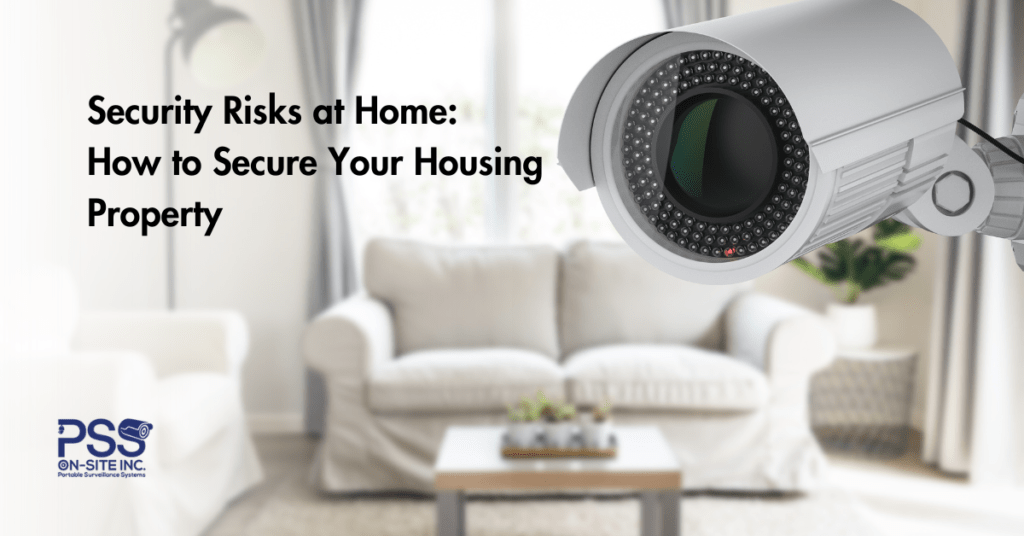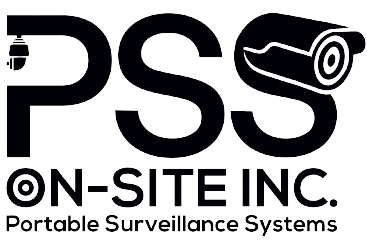Introduction
In the realm of home security, awareness of potential risks and proactive measures are paramount. Understanding the vulnerabilities of your housing property is the first step towards fortifying its defenses. This article delves into various strategies to safeguard your home from potential threats.

Assessing Security Risks
Identifying Potential Threats
External threats encompass a spectrum of risks, ranging from burglaries to vandalism. Similarly, internal vulnerabilities such as faulty locks or inadequate lighting can compromise the security of your home. Recognizing these potential hazards is crucial for devising effective security measures.
Conducting a Security Audit
A comprehensive security audit involves scrutinizing entry points and evaluating existing security measures. By conducting a thorough assessment, homeowners can pinpoint areas of weakness and prioritize their security efforts accordingly.
Securing Entry Points
Reinforcing Door
The front door serves as a primary entry point for intruders. Upgrading locks to high-security variants and installing sturdy deadbolts can significantly bolster door security. These measures serve as initial barriers against unauthorized access.
Securing Windows
Windows represent vulnerable access points that necessitate reinforcement. Installing window locks and utilizing window sensors provide an added layer of security, deterring potential intruders and alerting homeowners to suspicious activity.
Implementing Surveillance Systems
Installing Security Cameras
Strategic placement of security cameras enhances visibility and surveillance capabilities. Opting for motion-activated cameras ensures vigilant monitoring while minimizing false alarms. Integrating cameras with mobile apps enables remote monitoring, offering homeowners peace of mind.
Utilizing Smart Home Technology
The integration of security cameras with smart home technology enables seamless control and accessibility. Cloud storage solutions facilitate convenient storage and retrieval of surveillance footage, enhancing overall security efficacy.
Strengthening Perimeter Security
Installing Fencing
A robust perimeter fence serves as a physical barrier, deterring unauthorized entry and enhancing privacy. Careful selection of materials and adherence to appropriate height and visibility standards are essential for maximizing the effectiveness of fencing.
Adding Lighting
Strategically placed lighting serves as a deterrent to potential intruders by eliminating dark areas conducive to unauthorized entry. Motion sensor lights and timer-controlled lighting systems further enhance perimeter security, ensuring visibility during critical hours.
Enhancing Alarm Systems
Installing Burglar Alarms
Burglar alarms act as proactive deterrents and instant alerts in the event of unauthorized entry. Choosing reliable alarm systems and integrating them with monitoring services enhance the responsiveness of home security measures.
Implementing Smart Alarms
Smart alarms offer advanced features such as smartphone integration and sensor-based threat detection. By leveraging modern technology, homeowners can augment their security systems with real-time alerts and remote control capabilities.
Securing Valuables
Utilizing Safes
Safes provide secure storage for valuables, safeguarding them against theft and unauthorized access. Selecting the appropriate type of safe and ensuring proper installation are imperative for maximizing security effectiveness.
Implementing Hiding Spots
Concealing valuables in unconventional hiding spots adds an extra layer of protection against theft. Avoiding common hiding spots and opting for creative concealment methods can thwart would-be burglars.
Engaging Neighborhood Watch Programs
Collaborating with Neighbors
Neighborhood watch programs foster community cooperation and shared responsibility for security. Establishing effective communication channels and sharing security insights empower residents to collectively safeguard their surroundings.
Organizing Patrols
Scheduled patrols enable residents to actively monitor neighborhood activity and promptly report suspicious behavior. By organizing patrols and coordinating responses, communities can deter criminal activity and enhance overall security.
Educating Household Members
Teaching Security Protocols
Educating household members on security protocols fosters a culture of vigilance and preparedness. Setting guidelines for locking doors and windows, as well as proper operation of alarm systems, instills a proactive approach to security.
Conducting Emergency Drills
Regularly practicing emergency drills ensures readiness in the face of security threats. Simulating evacuation procedures and responses to potential scenarios empowers residents to respond effectively in times of crisis.
Regular Maintenance and Updates
Checking Security Equipment Regularly
Routine maintenance and testing of security equipment are essential for optimal functionality. Regular checks ensure that alarm systems, surveillance cameras, and other security measures remain operational and reliable.
Updating Security Measures
Adapting security measures to evolving threats requires periodic reassessment and updates. By staying abreast of technological advancements and emerging risks, homeowners can continuously fortify their defenses against potential security breaches.
Conclusion
In conclusion, securing housing property entails a multifaceted approach encompassing the assessment, implementation, and maintenance of security measures
PSS On-Site is the Solution to Every Security Problem of Your Housing Property!
To get more information on how to get PSS On Site’s Housing Unit set up on your site, contact us today!
